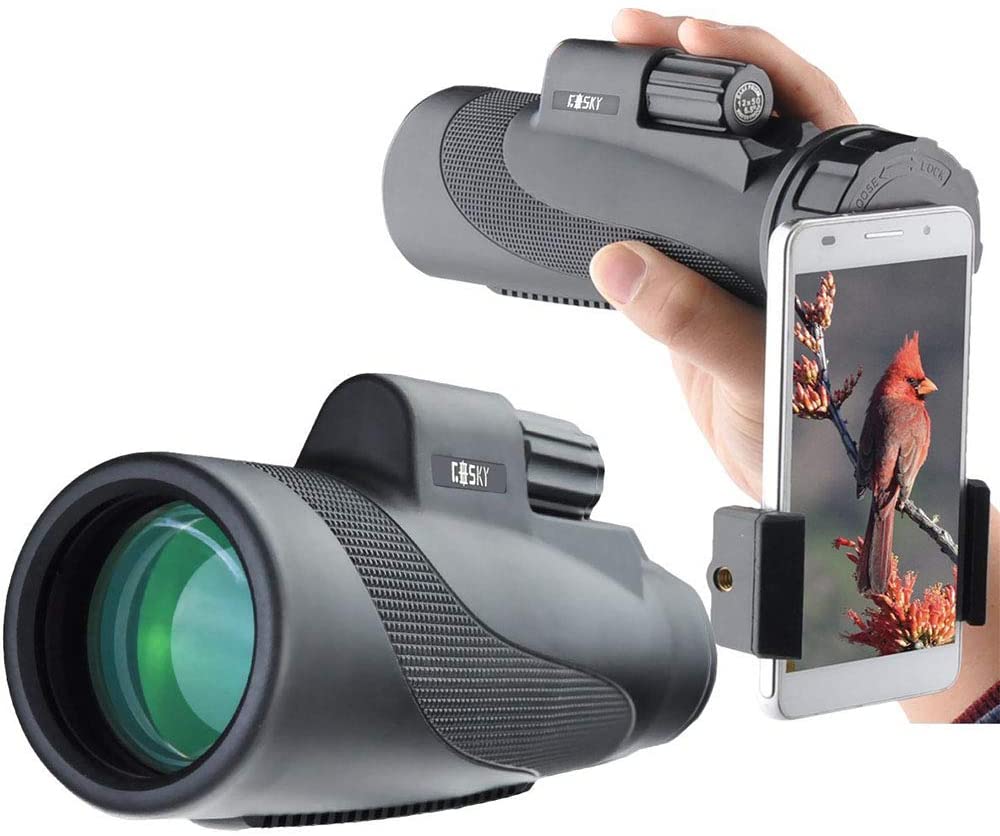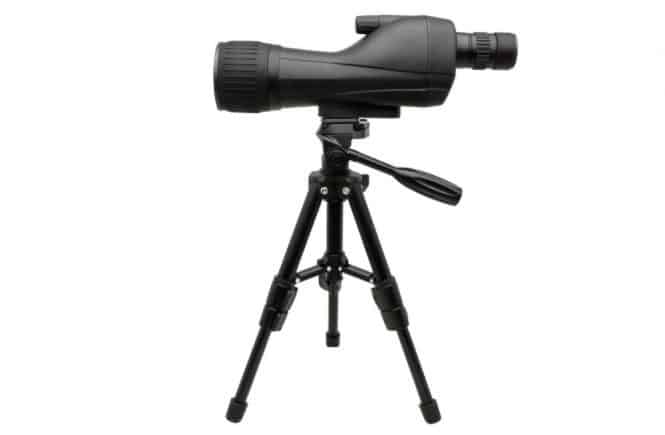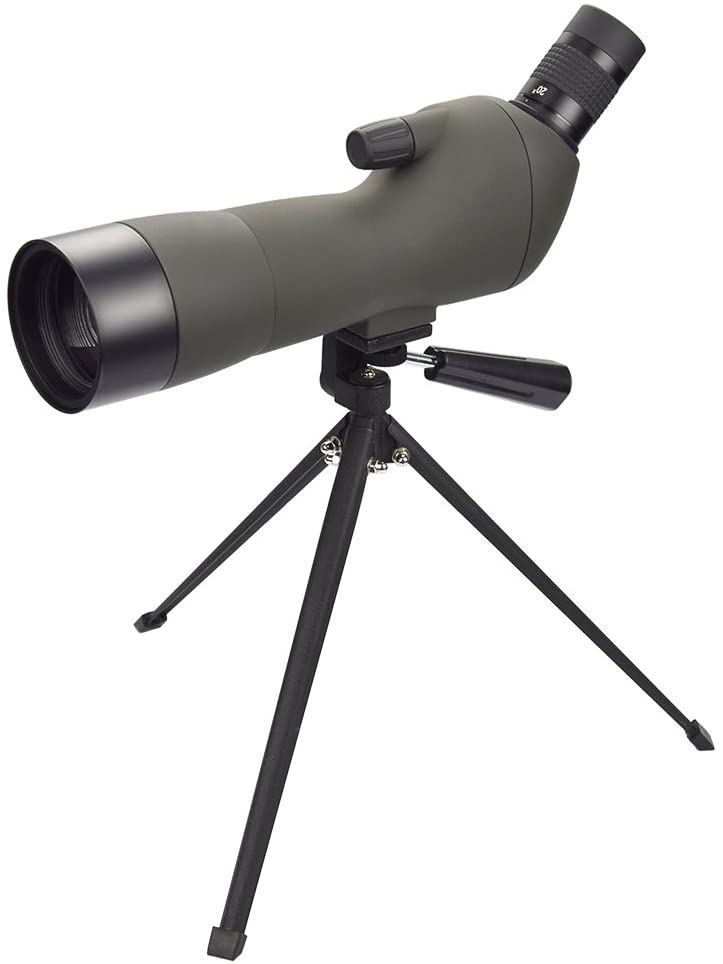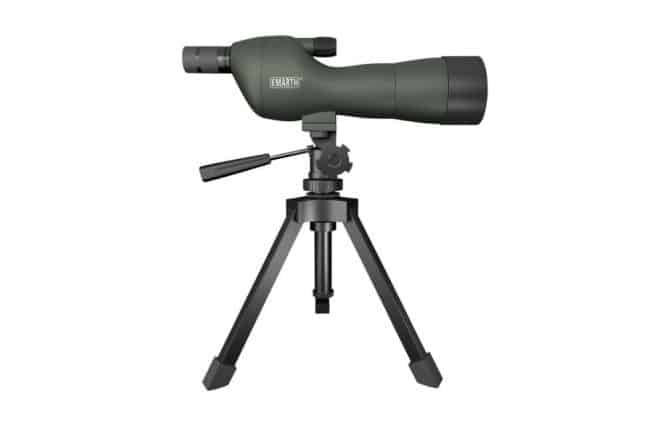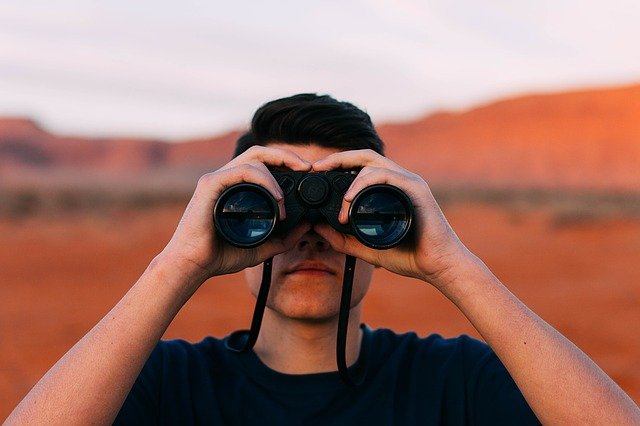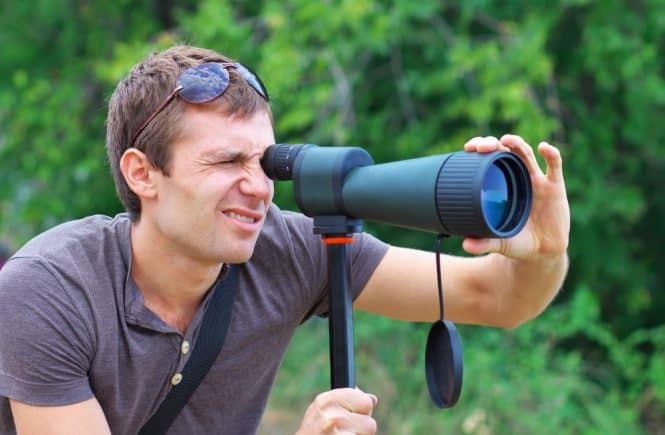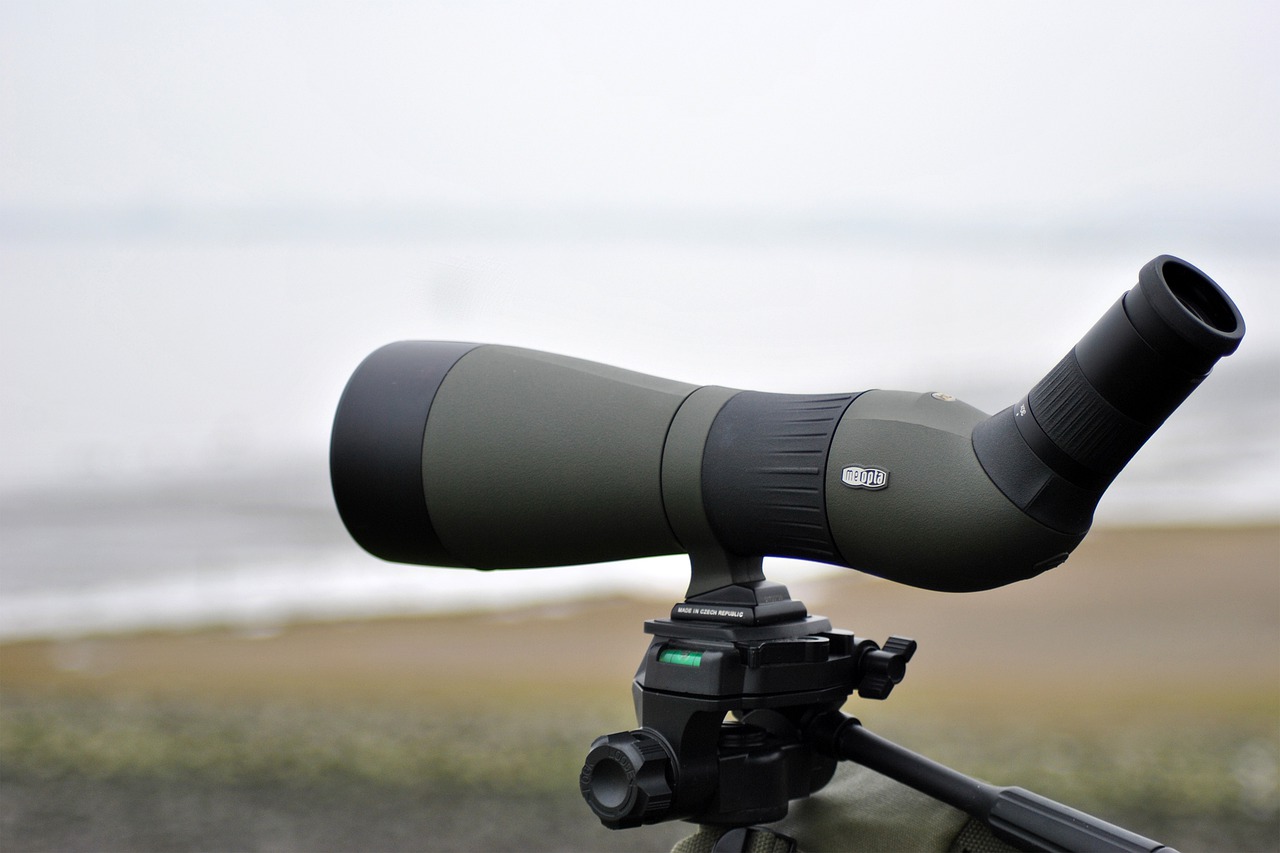
A&W Outlets
The Best Spotting Scope Reviews and Advice
An Introduction to the Spotting Scope
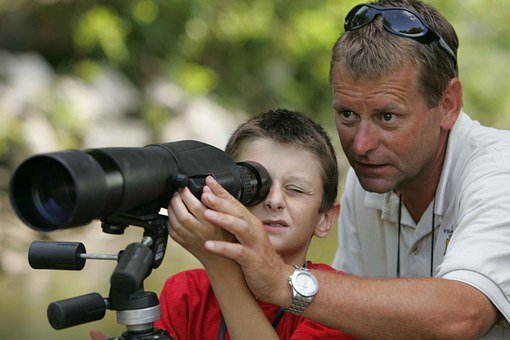
This site contains affiliate links to products. We may receive a commission for purchases made via these links.
Table of Contents
Foreward
Sometimes, using a pair of binoculars is not enough to view an object or target from afar. There are times that when using binoculars, some details of the subject it is around 200 yards or further away.
For this viewing limitation, a spotting scope can pick up where binoculars leave off. For outdoor activities that entail looking at a subject from a distance, bringing a viewing instrument such as a spotting scope is necessary.
If one is interested in purchasing a spotting scope, it is important to opt for the best scope that within one’s budget. Before beginning a search, it is key that the spotting scope is properly understood.
In order to get you started on the right foot, the basics of the spotting scope will be discussed in this article.
An Introduction to the Spotting Scope
A spotting scope is a portable and small kind of telescope that is often utilized for the observance of terrestrial objects. The spotting scope has add-on optics that enable the viewing instrument to produce an erect or upright image – the opposite of the upside-down or reverse images that are often produced by telescopes.
Aside from observation of terrestrial objects, the spotting scope is also known to be used for other various outdoor activities. Using the spotting scope for bird watching, viewing boat racing, hunting, and target shooting are just a few of the many ways a spotting scope is used.
Today’s spotting scopes are often classified into two main groups.
The Prismatic Spotting Scope
A simple refractor, as well as a lens, can be found at one end of the scope while an eyepiece on the other end is what makes up the prismatic spotting scope. These spotting scopes contain an erecting Porro prism system that makes the images being viewed to be upright.
The Catadioptric Spotting Scope
The catadioptric spotting scope is a mix of mirrors and lenses. This type of spotting scope contains a prism that makes it possible to view an object at a 45-degree angle.
Spotting Scope vs. Binoculars
Both a spotting scope and binoculars provide magnification for viewing an object from a far distance. A spotting scope has a single optic with one eyepiece for viewing while the binoculars are made up of two optics being paired together to accommodate both left and right eyes.
Portability
When it comes to portability, binoculars are more portable than spotting scopes because they are usually smaller and lighter in weight. When it comes to magnification, the spotting scope wins over the binoculars because it has built-in zoom lenses in its construction.
When it comes to being mobile while using the instrument, binoculars can be usable even in motion while the spotting scope should be positioned on stable ground to work effectively. When it comes to performing in low light, the spotting scope works fine, depending on the aperture of the instrument, but binoculars are ineffective in such a situation.
Viewing Range
A spotting scope has a variable magnification ranging around 20x to 60x whereas a pair of binoculars has a static magnification which could either one of the three options: 10x, 15x, or 20x.
When it comes to the objective lens size, the spotting scope normally has a wider lens diameter which starts at around 60mm while binoculars have a lens diameter somewhere below 50mm. When it comes to viewing distance, binoculars can work well around 100 yards or more but when it reaches more than 200 yards the spotting scope is better in magnification.
Real World Use
For specific activities, which of the two is better would depend on the preference of the user and the surrounding circumstances. For bird watching, distance should be factored in. If the creatures are far, it is best to use a spotting scope.
However, if one needs to change places to spot a mobile bird, binoculars are easier to handle. For hunting, the size and distance are important to know which one to use. For target shooting, a spotting scope is known to be superior over binoculars for the fact that the spotting scope can be mounted on a tripod and the target can be viewed easily. However, when one uses binoculars, there is a need to let go of the weapon in order to keep the device steady using two hands.
For large to medium and close targets, binoculars are enough to do the work. But for far targets and small creatures, using a spotting scope is better and more practical.
Features of a Spotting Scope
Before searching for the best spotting scope, it is necessary to become familiar with the key features of the device. Here are things to take note of when shopping for the best spotting scope for you:
Magnification
When it comes to magnification, the viewing conditions, or the atmosphere of the surroundings, are vital to consider.
There is a tendency to have a poor image quality when the spotting scope is adjusted to a high atmosphere where there is wind, air current, dust, glare, heat waves, and humidity interfering. A general rule in magnification is that high magnification is needed for high altitude and dry weather, while low magnification is important for low altitude areas and wet atmospheres. Also, the atmosphere determines the amount of detail one can see from a distance.
Objective Lens
The larger the objective lens is, the more detailed and better the image quality it produces at high magnifications. However, the size of the objective lens is not the only gauge for the quality of the lens is also important.
Between the size and quality, always go for the quality of the objective lens in order to have a better image quality.
Image Quality
As a rule of thumb, the price of the spotting scope is equal to the quality of the image it produces. If high performance is being expected, low and medium-priced spotting scopes will not make the cut.
The more expensive the spotting scope is, the higher the quality of its optical system. The quality of the image is reduced every time magnification is increased and it is the optical system that determines how fast the lowering of the quality takes place.
Eye Relief
This pertains to the distance between the eyes and the eyepiece while being able to view the entire field. Eye relief is important for those who use eyeglasses.
A typical eyeglass wearer would need 14mm eye relief and the value goes up the thicker the glass lens becomes.
Lens Coating
This can either be fully coated, multi-coated, and fully multi-coated – the last giving the best output. The lens coating improves the light transmission at high magnification.
Looking for the best spotting scope can be a bit difficult task so it helps to look for product reviews and recommendations to keep the search rolling.
Latest Reviews
Latest Articles
Follow Us
© 2021 AW OUTLETS
